Felix Eckstein
Introducing Anisotropic Minkowski Functionals and Quantitative Anisotropy Measures for Local Structure Analysis in Biomedical Imaging
Apr 02, 2020
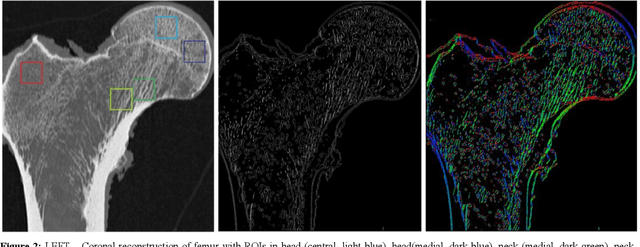
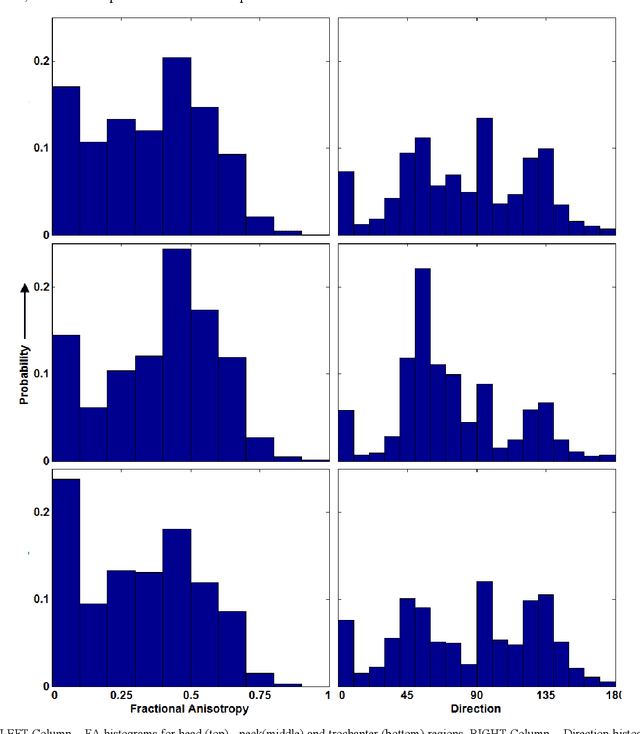
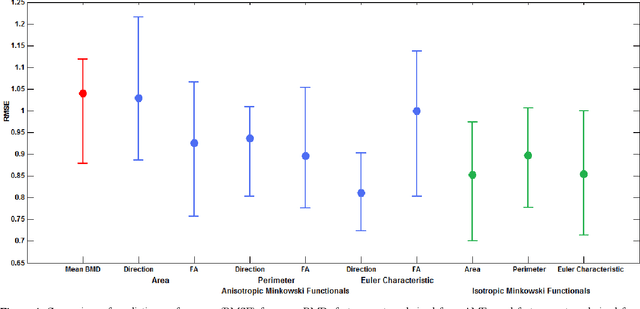
Abstract:The ability of Minkowski Functionals to characterize local structure in different biological tissue types has been demonstrated in a variety of medical image processing tasks. We introduce anisotropic Minkowski Functionals (AMFs) as a novel variant that captures the inherent anisotropy of the underlying gray-level structures. To quantify the anisotropy characterized by our approach, we further introduce a method to compute a quantitative measure motivated by a technique utilized in MR diffusion tensor imaging, namely fractional anisotropy. We showcase the applicability of our method in the research context of characterizing the local structure properties of trabecular bone micro-architecture in the proximal femur as visualized on multi-detector CT. To this end, AMFs were computed locally for each pixel of ROIs extracted from the head, neck and trochanter regions. Fractional anisotropy was then used to quantify the local anisotropy of the trabecular structures found in these ROIs and to compare its distribution in different anatomical regions. Our results suggest a significantly greater concentration of anisotropic trabecular structures in the head and neck regions when compared to the trochanter region (p < 10-4). We also evaluated the ability of such AMFs to predict bone strength in the femoral head of proximal femur specimens obtained from 50 donors. Our results suggest that such AMFs, when used in conjunction with multi-regression models, can outperform more conventional features such as BMD in predicting failure load. We conclude that such anisotropic Minkowski Functionals can capture valuable information regarding directional attributes of local structure, which may be useful in a wide scope of biomedical imaging applications.
Combining Heterogeneously Labeled Datasets For Training Segmentation Networks
Jul 24, 2018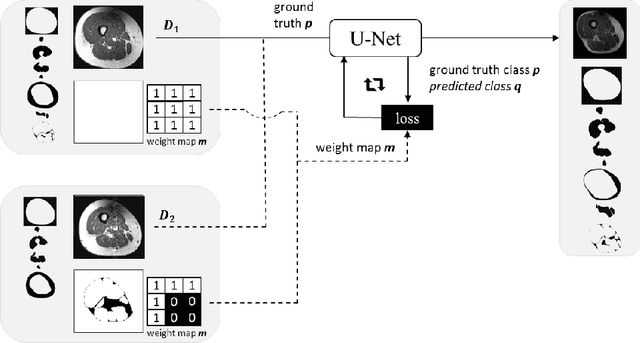
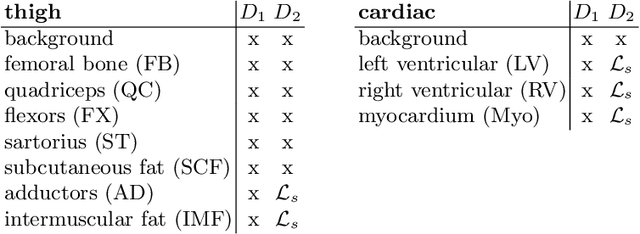
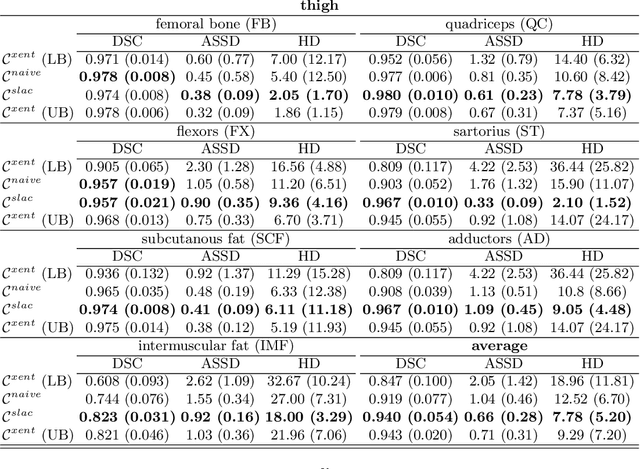
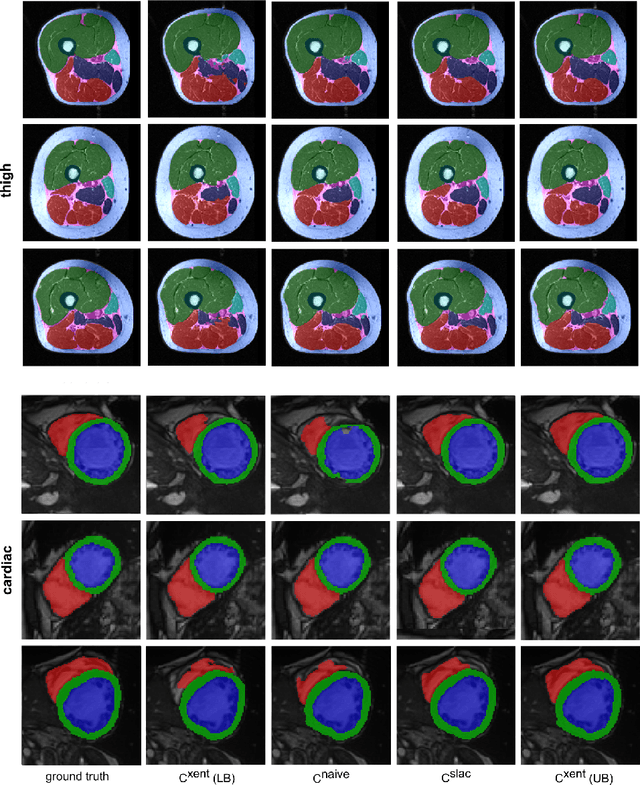
Abstract:Accurate segmentation of medical images is an important step towards analyzing and tracking disease related morphological alterations in the anatomy. Convolutional neural networks (CNNs) have recently emerged as a powerful tool for many segmentation tasks in medical imaging. The performance of CNNs strongly depends on the size of the training data and combining data from different sources is an effective strategy for obtaining larger training datasets. However, this is often challenged by heterogeneous labeling of the datasets. For instance, one of the dataset may be missing labels or a number of labels may have been combined into a super label. In this work we propose a cost function which allows integration of multiple datasets with heterogeneous label subsets into a joint training. We evaluated the performance of this strategy on thigh MR and a cardiac MR datasets in which we artificially merged labels for half of the data. We found the proposed cost function substantially outperforms a naive masking approach, obtaining results very close to using the full annotations.
 Add to Chrome
Add to Chrome Add to Firefox
Add to Firefox Add to Edge
Add to Edge